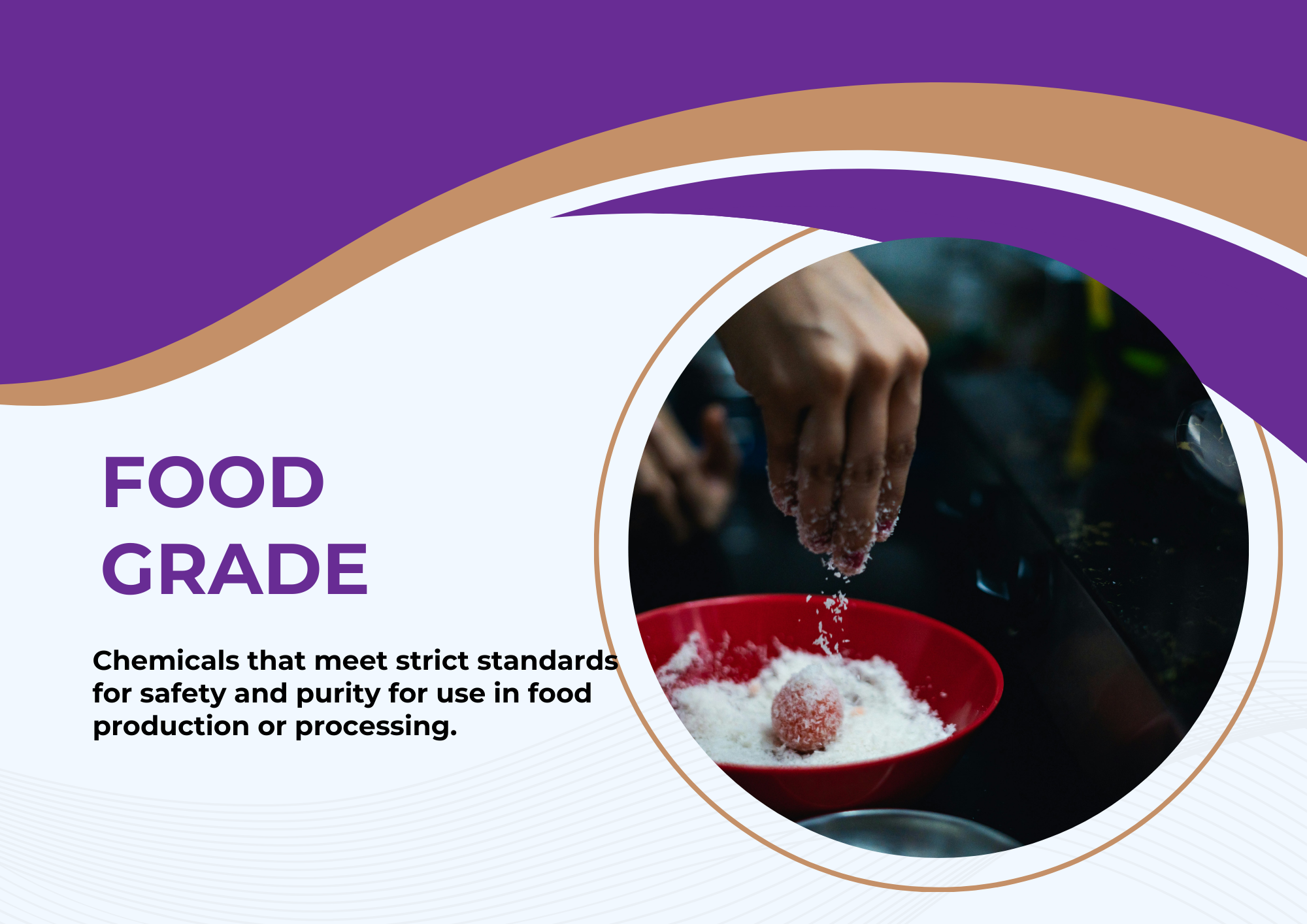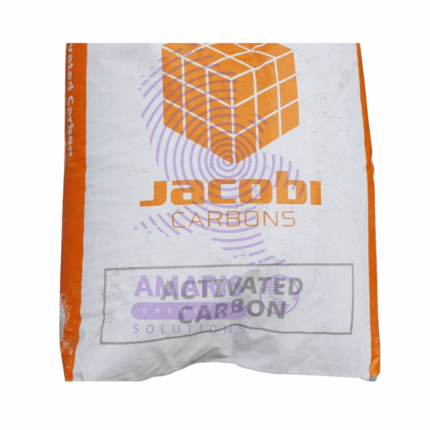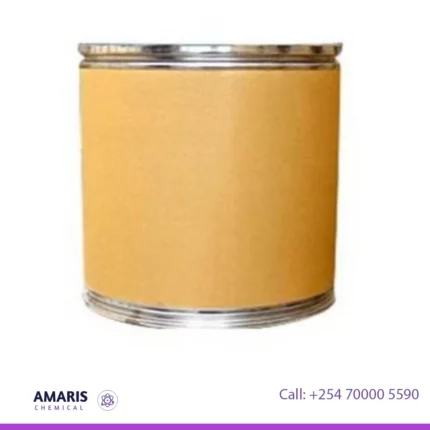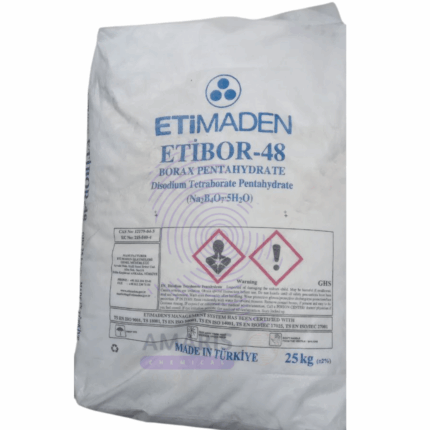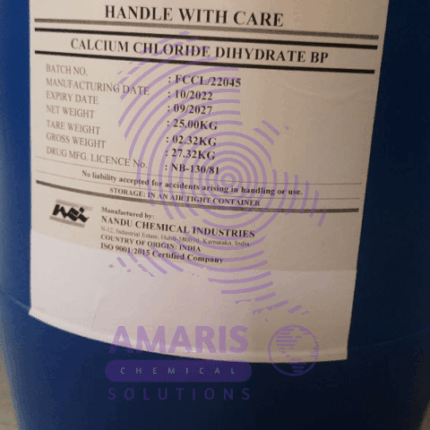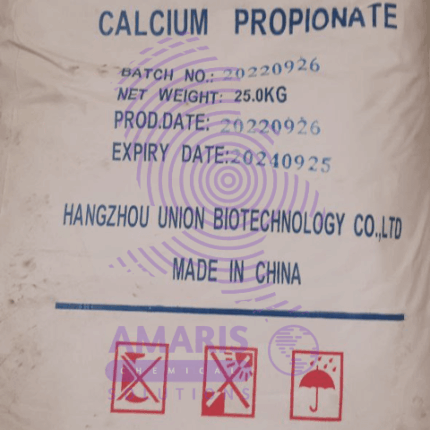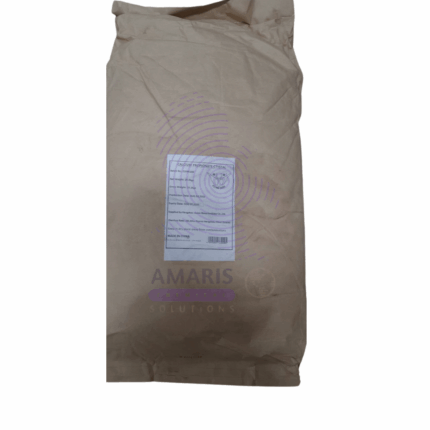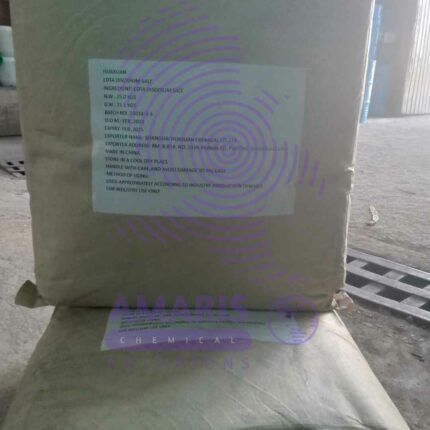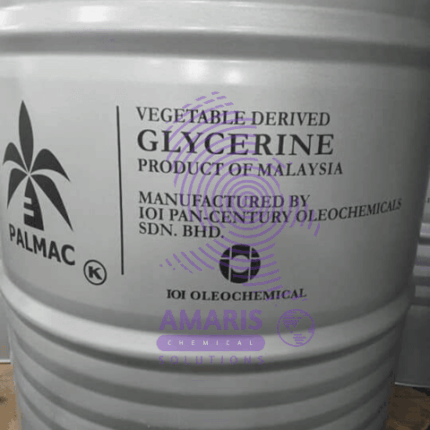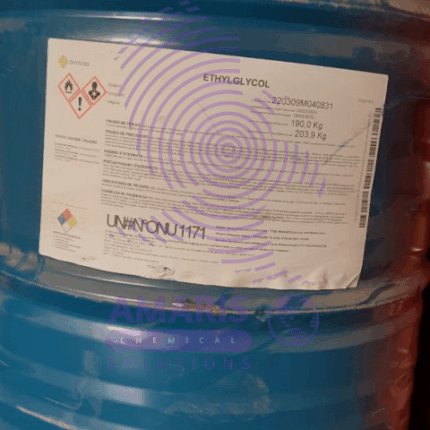
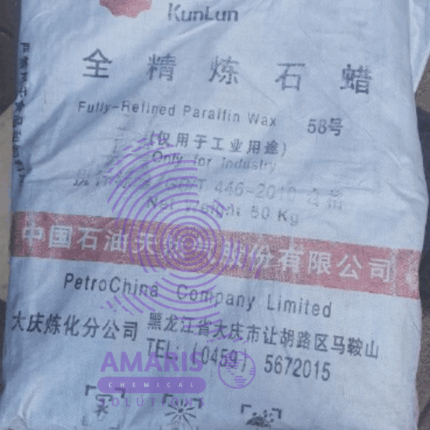
Formic Acid
$8,500.00 Original price was: $8,500.00.$8,400.00Current price is: $8,400.00.
Formic acid is a colorless, pungent liquid with a chemical formula of HCOOH. It is the simplest carboxylic acid, naturally occurring in certain fruits and vegetables and in the venom of some ants. It has a wide range of industrial applications as a preservative, antibacterial agent, solvent, and in the production of textiles, leather, rubber, and other materials. It also has some medical applications and is used in organic chemistry reactions as a reducing agent. However, formic acid is highly corrosive and can be dangerous if ingested or inhaled in large quantities.
Formic acid Uses
Primary Uses of Formic Acid
-
Animal Feed Preservation
-
Acts as an antibacterial agent and preservative in silage and livestock feed
-
Helps prevent spoilage and improves feed digestibility for cattle and poultry
-
-
Leather Tanning Industry
-
Used in the deliming process to remove lime from hides
-
Helps adjust pH levels during chrome tanning processes
-
-
Textile Industry
-
Serves as a dyeing and finishing agent for natural and synthetic fibers
-
Used in pH adjustment during textile processing
-
-
Rubber Industry
-
Employed as a coagulant in natural rubber production
-
Helps in the coagulation of latex to form raw rubber sheets
-
-
Cleaning Agent
-
Effective descaler for removing mineral deposits
-
Used in industrial cleaning products for equipment maintenance
-
Secondary Uses of Formic Acid
-
Beekeeping
-
Treatment for varroa mites in honeybee colonies
-
Applied as a fumigant in beehives
-
-
Fuel Cells
-
Potential fuel source for direct formic acid fuel cells
-
Considered as a hydrogen carrier in energy storage systems
-
-
Pharmaceuticals
-
Precursor in the synthesis of various pharmaceutical compounds
-
Used in some topical medications for wart removal
-
-
Food Industry
-
Approved food additive (E236) as a preservative
-
Used in some countries for silage preservation
-
-
Laboratory Applications
-
Mobile phase component in some chromatography applications
-
Used as a volatile buffer in specialized chemical analyses
-
| CONCENTRATION |
85% |
|---|---|
| AVAILABLE PACK SIZE |
25kg( Metal or Plastic Jerrycan/ Bucket, Bag, Box, Polythene bag, Carton bag) |
1. Basic Identification Attributes
- Chemical Name (IUPAC): Methanoic acid
- Common/Trade Names:
- Formic acid
- Aminic acid
- Hydrogen carboxylic acid
- CAS Number: [64-18-6]
- HS Code: 2915.11.00 (Formic acid)
- Molecular Formula: HCOOH or CH₂O₂
- Synonyms:
- Formylic acid
- Carboxylic acid
2. Physical & Chemical Properties
- Physical State: Colorless liquid
- Color & Odor: Pungent, penetrating odor (similar to acetic acid but sharper)
- Boiling Point: 100.8°C (213.4°F)
- Melting Point: 8.4°C (47.1°F)
- Density: 1.22 g/cm³ at 20°C
- Solubility:
- Miscible with water, ethanol, ether
- Soluble in acetone
- pH Level: 2.3 (1% solution; strong acid)
- Vapor Pressure: 35 mmHg at 20°C
- Flash Point: 69°C (156°F) (flammable liquid)
- Autoignition Temperature: 601°C (1,114°F)
- Viscosity: 1.57 cP at 20°C
- Refractive Index: 1.3714 (20°C)
3. Safety & Hazard Attributes
- Hazard Class (GHS):
- Skin Corrosion (Category 1A) - H314
- Serious Eye Damage (Category 1) - H318
- Flammable Liquid (Category 3) - H226
- NFPA Ratings:
- Health: 3
- Flammability: 2
- Reactivity: 0
- Exposure Limits:
- OSHA PEL: 5 ppm (9 mg/m³) TWA
- ACGIH TLV: 5 ppm (7.6 mg/m³) TWA
- Reactivity:
- Reacts violently with oxidizers, strong bases
- Corrodes metals (iron, aluminum, zinc)
4. Storage & Handling Attributes
- Storage Conditions:
- Store in cool, well-ventilated area (<25°C)
- Keep away from heat sources and oxidizers
- Incompatible Materials:
- Concentrated sulfuric acid
- Alkali metals
- Strong bases
- Container Type:
- Polyethylene or stainless steel 316
- Glass with acid-resistant liners
- Shelf Life: 12-24 months when properly stored
- Special Handling:
- Use acid-resistant gloves (neoprene or butyl rubber)
- Face shield and chemical goggles required
- Fume hood recommended for concentrated solutions
5. Regulatory & Compliance Attributes
- Regulatory Status:
- EPA: Listed under TSCA
- EU: Registered under REACH
- FDA: Approved as food additive (21 CFR 186.1316)
- Hazard Symbols:
- ☠️ (Corrosive)
- ⚠️ (Health hazard)
- 🔥 (Flammable)
- Transportation Restrictions:
- UN Number: UN1779
- Packing Group: II
- Hazard Class: 8 (Corrosive)
- Waste Disposal:
- Neutralize with sodium bicarbonate before disposal
- Incineration with scrubber recommended
6. Environmental & Health Impact
- Ecotoxicity:
- LC50 (fish): 180 mg/L (moderately toxic)
- BOD₅: 0.35 g O₂/g (readily biodegradable)
- Persistence:
- Atmospheric half-life: 5-30 days
- Aquatic half-life: 2-10 days
- Human Health:
- Causes severe skin burns (concentrated solutions)
- Eye contact may cause permanent damage
- Respiratory irritant (>10 ppm exposure)
Personal Protective Equipment (PPE)
- Gloves: Use acid-resistant gloves (neoprene or nitrile).
- Eye Protection: Wear chemical splash goggles or a face shield.
- Respiratory Protection: Use a NIOSH-approved respirator (with acid gas cartridges) if ventilation is insufficient.
- Clothing: Wear a lab coat or chemical-resistant apron to prevent skin contact.
Handling & Storage
- Ventilation: Work in a fume hood or well-ventilated area.
- Avoid Inhalation: Do not breathe vapors or mists.
- Corrosivity: Formic acid is highly corrosive—avoid contact with metals, skin, and eyes.
- Storage: Keep in a cool, dry place in tightly sealed plastic (HDPE) or glass containers.
- Incompatibilities: Keep away from strong oxidizers, bases, and reactive metals (e.g., aluminum, zinc).
Spill & Leak Control
- Small Spills: Neutralize with sodium bicarbonate (baking soda) or absorb with inert material (vermiculite, sand).
- Large Spills: Evacuate and contact emergency responders.
Inhalation (Breathing Formic Acid Vapors)
- Symptoms: Coughing, shortness of breath, throat irritation.
- Action:
- Move to fresh air immediately.
- Administer oxygen if breathing is difficult.
- Seek medical attention if symptoms persist.
Skin Contact
- Symptoms: Redness, burns, severe irritation.
- Action:
- Remove contaminated clothing.
- Rinse skin with plenty of water for at least 15 minutes.
- Seek medical help if burns occur.
Eye Contact
- Symptoms: Severe pain, redness, blurred vision, possible corneal damage.
- Action:
- Rinse eyes immediately with lukewarm water for at least 15 minutes(use eyewash station).
- Seek emergency medical attention.
Ingestion (Swallowing Formic Acid)
- Symptoms: Burning in mouth/throat, nausea, vomiting, abdominal pain.
- Action:
- Do NOT induce vomiting(risk of perforation).
- Rinse mouth with water.
- Drink milk or water to dilute (if conscious).
- Seek immediatemedical help.
Flammability
- Formic acid is flammable(flash point: 69°C / 156°F).
- Vapors can form explosive mixtures with air.
Extinguishing Methods
- Small Fires: Use dry chemical powder, CO₂, or alcohol-resistant foam.
- Large Fires: Use water spray, fog, or foam to cool containers.
Firefighter Protection
- Wear self-contained breathing apparatus (SCBA)and full protective gear.
- Avoid inhaling fumes (combustion releases carbon monoxideand formaldehyde).
Special Hazards
- Corrosive fumes can irritate respiratory tract.
- Runoff water may be acidic—contain to prevent environmental contamination.



 LABORATORY EQUIPMENT & APPARATUS
LABORATORY EQUIPMENT & APPARATUS
 Fertilizers
Fertilizers Plant Growth Regulators
Plant Growth Regulators Soil Conditioners
Soil Conditioners Animal Feed Additives
Animal Feed Additives Biostimulants
Biostimulants Dough Conditioners
Dough Conditioners Flour Treatments
Flour Treatments Fat Replacers
Fat Replacers Preservatives (baking)
Preservatives (baking)
 Surfactants (cleaning)
Surfactants (cleaning) Builders
Builders Bleaching Agents
Bleaching Agents Enzymes
Enzymes Solvents (cleaning)
Solvents (cleaning) Fragrances
Fragrances



